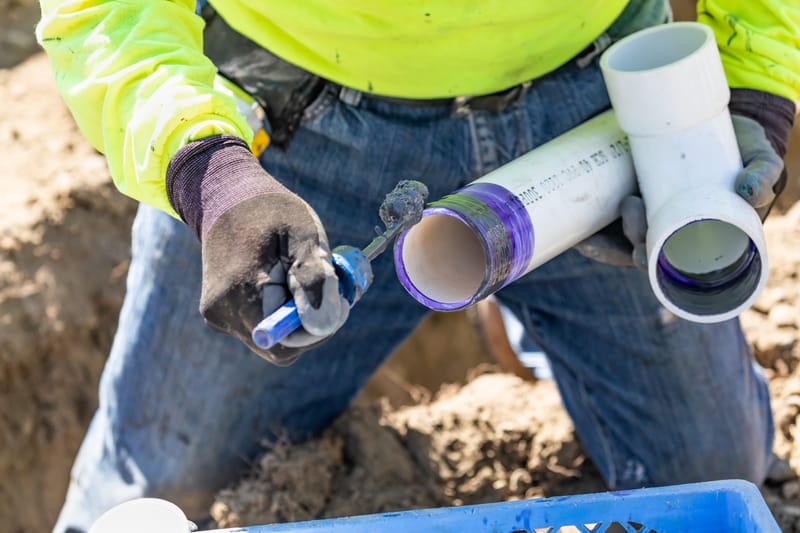Leak Detection/ Repair

GO BACK - return to Repair & Replacements pg
Leaks that go unrepaired can result in damaged equipment and large expenses. We recommend to glance around your pool and pool pump area at lease a couple times a month just to see if you notice any questionable damp areas, or signs that you might have a leak.
Pools can leak through fittings, accessories, plumbing, equipment, or even right through the shell. It is important to repair leaks, not only to save water, heat, and chemicals, but also to prevent undermining pool structural components and washing away fill dirt that supports the pool walls and pool deck.
IS THE POOL LEAKING WHEN THE EQUIPMENT IS ON?
- Detecting a pool leak while the pump is running may indicate a pressure-side return leak. With the filter pump on, the plumbing on the pressure side (after the pump) is under pressure. This can open up small drips into spraying gushers. One inch of your pool water can equal 500 gallons of water loss! Check downhill from the pool, looking for weepers where underground leakage is surfacing. Check for soft or wet spots in the yard, on the side where the plumbing returns water to the pool.
IS THE POOL LEAKING WHEN THE EQUIPMENT IS OFF?
- Pool leaks that pop up when your pump stops running usually indicate a suction-side leak, involving the pipes that bring water from the pool to your pump. With the filter pump on, the plumbing on the suction side is under vacuum. Air can be drawn in through otherwise leaking voids. You may notice air in the pump basket (if you have a clear lid), air bubbling out of the return lines, or air repeatedly building up inside the filter tank.
DOES THE POOL LEAK ALL THE TIME?
- This does not rule out leaks in the plumbing, but turns a suspicious eye on the shell of the pool. In these scenarios, look closely for cracks in the plaster or tears in the vinyl during the pool leak detection process. Thoroughly inspect the tile line, and look carefully inside the skimmer(s). The most common leak we fix is a separation between the plastic skimmer and the concrete pool. If you see something that looks like a crack, drop some test dye near it while the pump is off and the water is still. Look carefully to see if the dye gets sucked into the crack. Underwater lights can — and do — leak, as well. Leaks are especially common around the conduit that runs from the light niche to the junction box.
ARE THERE LEAKS AT THE EQUIPMENT PAD?
Look closely at the filter, pump, heater, and valves. Check the ground for moisture. Turn the pump on and off, looking closely for spraying water when the pump is turned off. A small drip or two will not be the source of the primary leak. If loss of water level is noticeable in the pool, it won’t be a drip, but a trickle at least.
DOES THE WATER STABILIZE AT ANY PARTICULAR LEVEL?
You may be able to close the skimmer valve and allow the water level to drop below the skimmer, running the pump on the main drain only. However, we recommend using a submersible pump instead, to avoid any risk of pool pump damage. If the water continues to drop, you can rule out the skimmer (although there can always be more than one leak).
When the water stabilizes at any specific level, use a pool leak detection dye test and inspect around the pool carefully at that level. Look for small debris which may have been sucked into the crack or void. This is a good indication of a leak. If the water stops at a wall fitting, wall step, or pool light, give it a good, close look. Shutting off the pump, and plugging the drain, skimmer, and return lines with expansion plugs, is another test you can use to rule out the plumbing.
ARE THERE ANY WET AREAS AROUND THE POOL?
Take a walk outside the pool deck and between the pool and the equipment pad. Check for wet soil and eroded areas. If your pool has a downhill slope near the pool, walk down the hill to see if you can notice water weeping from the hillside — at least you'll know where your missing water is going!
